I’ve carried aerial pyrotechnic flares for more years than I can recall but I’ve never fired a single one. When the flares reach their expiration date and no longer meet U.S. Coast Guard requirements, I’ve replaced them with a new set to remain in compliance. I’ve chafed at the expense for things I’ve never used (and intend to keep it that way) but they’ve been like auto insurance—I have to have it, keep it up to date, and hope I never truly need it.
So, I was pleased when a battery-powered flashing light—the SOS Distress Light from Weems & Plath—was approved to meet the requirements. I’ve carried one since it came on the market early in 2016. It is no longer listed on the Weems & Plath web site, but in April of this year, a similar device, the ResQFlare from ACR Electronics, received USCG approval. It’s a significant step ahead: brighter, lighter, less bulky, and less expensive.
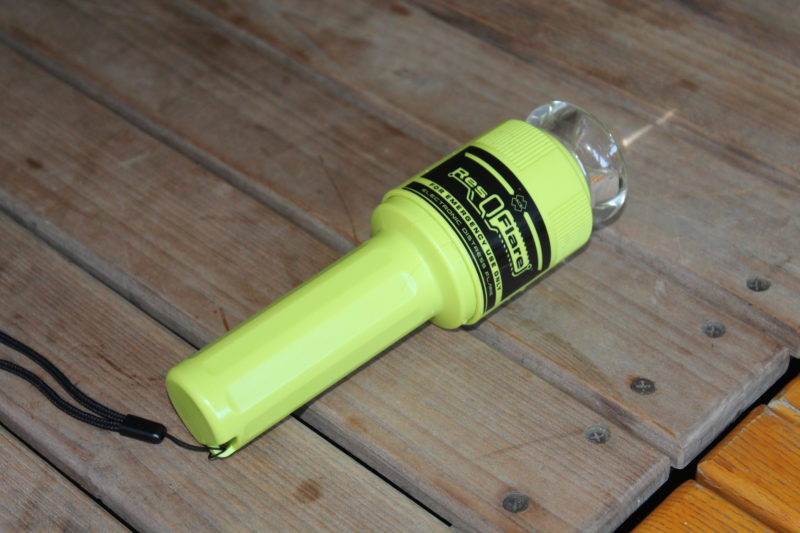 Photographs by the author
Photographs by the authorThe ResQFlare’s watertight housing contains two common C-cells and keeps the device afloat.
The ResQFlare is powered by two C-cell alkaline batteries; the SOS Distress Light took three. The ResQFlare has a rubber O-ring to provide a waterproof seal between the top and bottom, and while it has a rating of IP67—waterproof for 30 minutes at a depth of 1 meter—it floats with the lens above the water. The SOS Distress Light required a soft, detachable foam ring to keep it afloat.
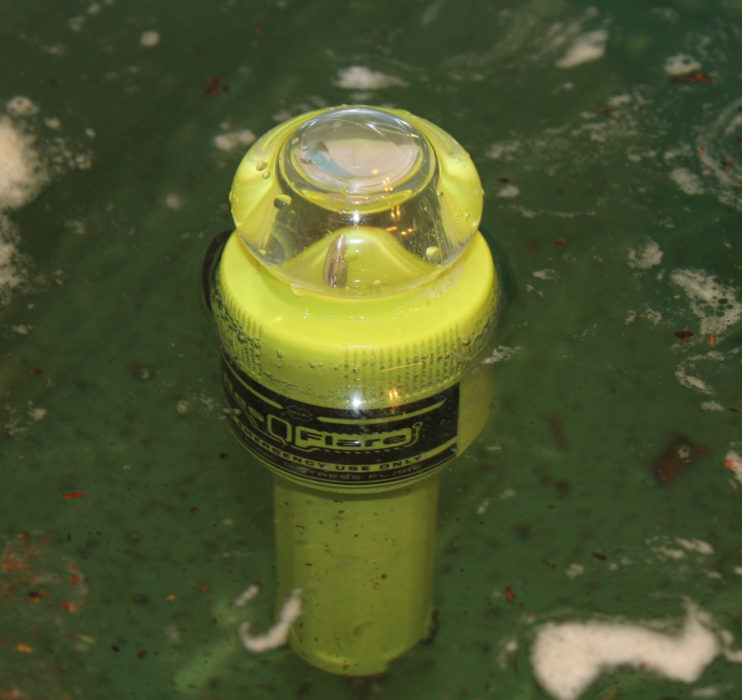
The ResQFlare is submersible and floats with its lens above the water’s surface.
The ResQFlare weighs less than 10 oz and is 8″ long and 2-3/8″ at its greatest diameter, not quite compact enough to fit in a PFD pocket, and is a bit too bulky and slippery to be held strapped to a PFD lash tab, so I’ll continue to carry on me my usual array of safety gear, including a rescue laser flare and a waterproof VHF radio. A lanyard is attached to the bottom of the flare to help keep it from going astray. It comes with a daytime visual distress signal—an orange synthetic fabric flag measuring 3′ square and bearing the black square and circle—that must be carried with the strobe to qualify in the USA as a replacement for pyrotechnic flares.
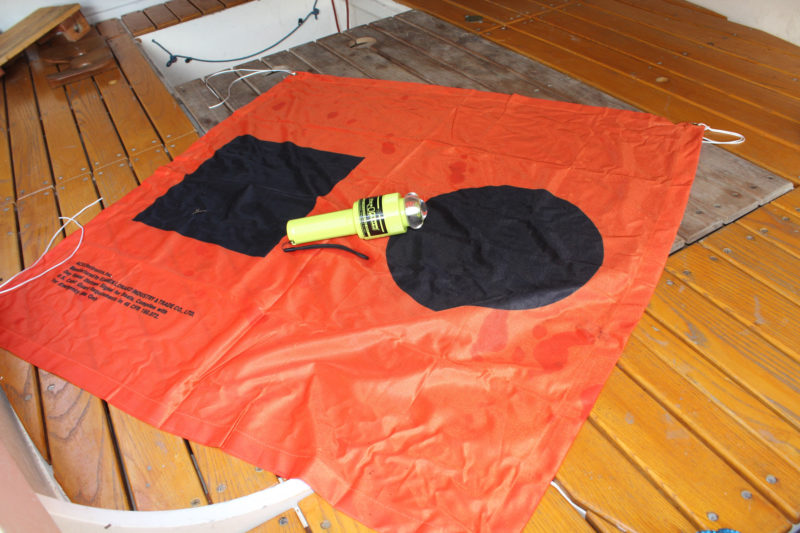
While the signal flag may not seem like an effective signal device, carrying it with the ResQFlare is required if pyrotechnics aren’t aboard.
The top of the ResQFlare twists to turn on and off and to open the case to replace the batteries. It flashes sequences of three short flashes, three long, and another three short, Morse code for SOS. The SOS Distress Light flashed the same pattern, and used a single LED (Light-Emitting Diode) bulb for its light source and a transparent cap molded to direct its light in a horizontal plane. Some of the light was transmitted through a lens that surrounds the bulb and some of the light emitted from the top of the bulb was reflected by a conical dimple in the top of the cap. The ResQFlare has seven SMDs (surface mounted diodes); six rectangular chips in a hexagon facing outward and one on top facing upward. The transparent cap has a torus-like lens surrounding the hexagon and a circular lens on top. The plane of light emitted both horizontally and vertically by the ResQFlare has a brightness of 75 cd (candela), which is three times the USCG requirement, and stated by the manufacturer to be visible for over 6 miles. It is notably brighter and covers more area than the SOS Distress Light.
I may still carry my aerial flares and the pistol to fire them as a backup; when help is needed, the more resources, the better. The ResQFlare can also make itself useful in an emergency and will keep me in the good graces of the Coast Guard if they ever decide to check up on me.![]()
Christopher Cunningham is the editor of Small Boats Magazine.
The ResQFlare from ACR is available from the manufacturer for $59.95 and from online and marine supply retailers.
Is there a product that might be useful for boatbuilding, cruising, or shore-side camping that you’d like us to review? Please email your suggestions.
Comments:
We welcome your comments about this article. If you’d like to include a photo or a video with your comment, please email the file or link.
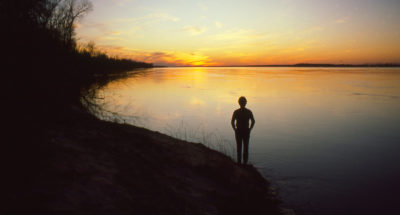
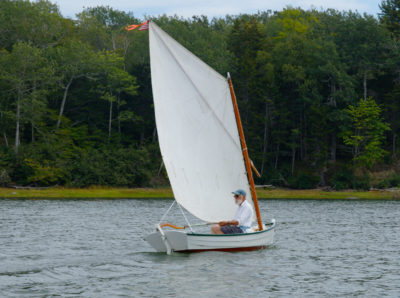
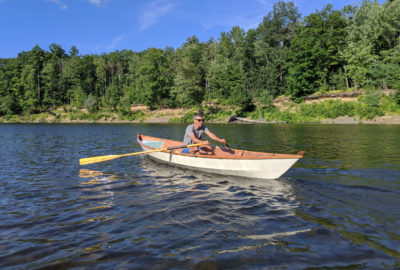
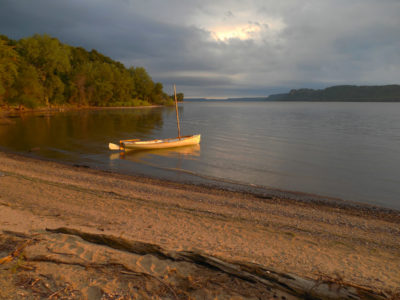
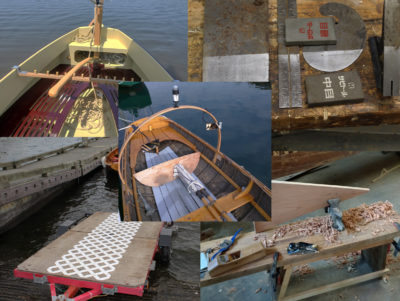
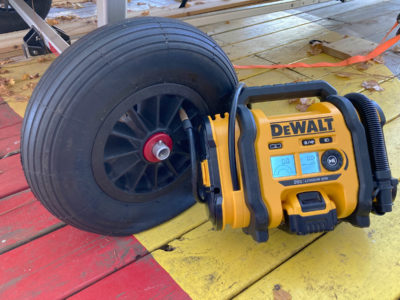
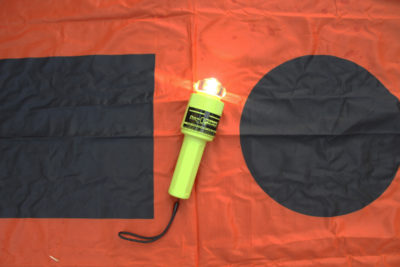
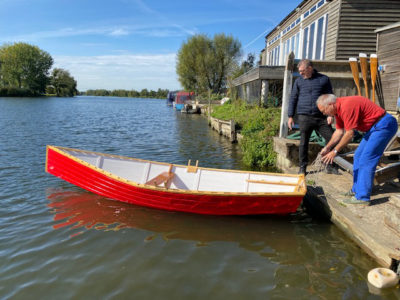
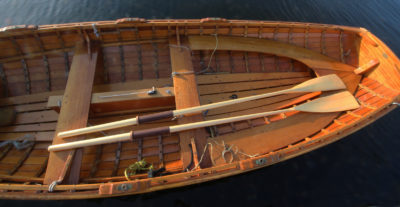

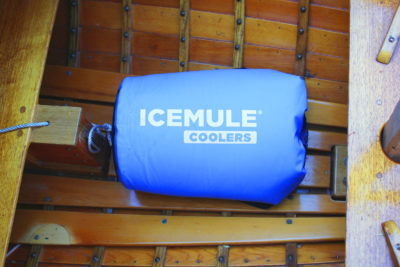
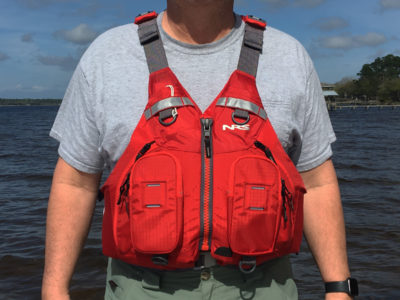
That day signal is surprisingly effective, we carried them as forward air controllers in the Marines, big orange panels we’d put on on top of our vehicles so friendlies didn’t drop bombs on us. The contrasting black shapes make them easier to pick out, and I’ve used them to signal helios where to pick us up and also have spotted them from the air while flying, that orange is not a color found in nature too many places.
One of the features of the Orion and the Sirius electronic flares is that they have two lanyard loops, which would let you hoist the flare up the mast of a sailboat.